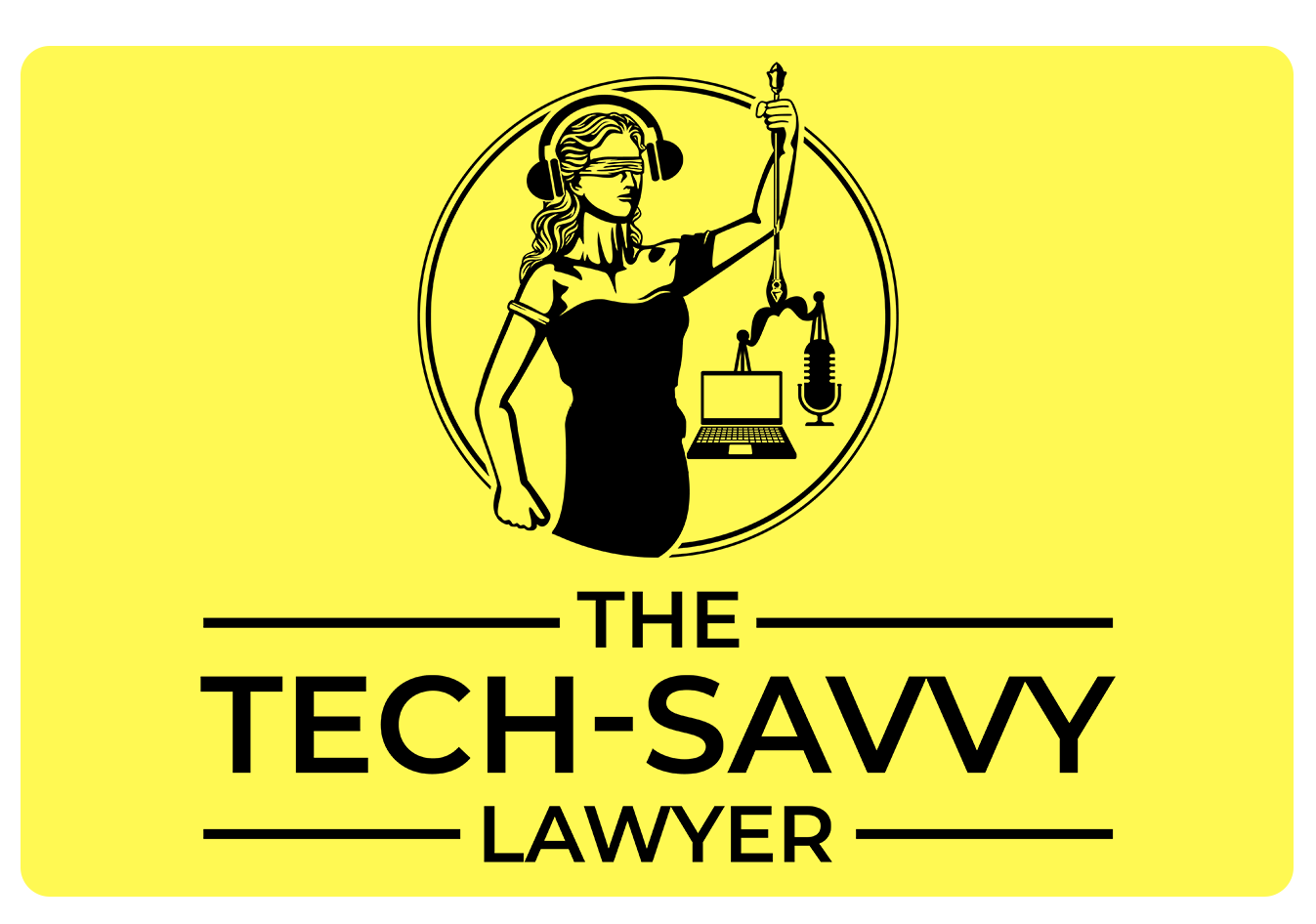Wednesday Word (or Acronym) of the Week - WYSIWYG: How attorneys see the documents they work with in the field of law.
/The principle of wysiwyg allows lawyers to see drafts of their legal documents as they would appear when printed on paper.
WYSIWYG is short for "What You See Is What You Get." It is a principle that has revolutionized how attorneys interact with technology, particularly in document creation and management.
WYSIWYG is a user interface that allows you to edit content in a form that closely resembles its appearance when displayed as a finished product. This means that when you're drafting a document, the text, images, and other elements appear on your screen exactly as they will when printed or published. This intuitive interface has become a staple in word processors, website builders, and many other applications that require content creation.
For attorneys, the clarity and precision of documents are paramount. Legal documents, whether they are contracts, briefs, or court filings, demand a high level of accuracy and formatting that reflects the seriousness and professionalism of the legal field. WYSIWYG editors empower attorneys to:
Enhance Efficiency: Time is a precious commodity in legal practice. WYSIWYG editors streamline the document creation process, allowing attorneys to produce polished, court-ready documents without requiring extensive revisions or formatting adjustments.
Reduce Errors: By providing a real-time preview of the final document, WYSIWYG interfaces significantly reduce the risk of formatting errors that could undermine the credibility of a legal document or even affect its admissibility in court.
the principle of wysiwyg gives the public better access to justice!
Improve Collaboration: Modern legal practice often involves collaboration among multiple attorneys, paralegals, and other stakeholders. WYSIWYG tools facilitate this collaboration by ensuring that everyone is working with documents that look and feel consistent, regardless of the device or platform.
Accessibility: WYSIWYG editors make technology more accessible to attorneys who may not have advanced technical skills. This democratization of technology ensures that all legal professionals can leverage the benefits of digital tools, regardless of their prior experience with software.
As legal technology continues to advance, WYSIWYG interfaces are becoming more sophisticated, incorporating features like legal citation formatting, integration with legal research databases, and advanced collaboration tools. You can tell on the document both on the screen and paper where a citation may have an embedded link to the complete text of the citation online. These developments promise to enhance further the efficiency and effectiveness of legal practice.
For attorneys, embracing WYSIWYG technology means not just keeping pace with the digital transformation of the legal field but also leveraging these tools to provide better representation for their clients. In a profession where the precision of language and the clarity of presentation can have profound implications, WYSIWYG stands as a beacon of efficiency and reliability.
Happy Lawyering!










